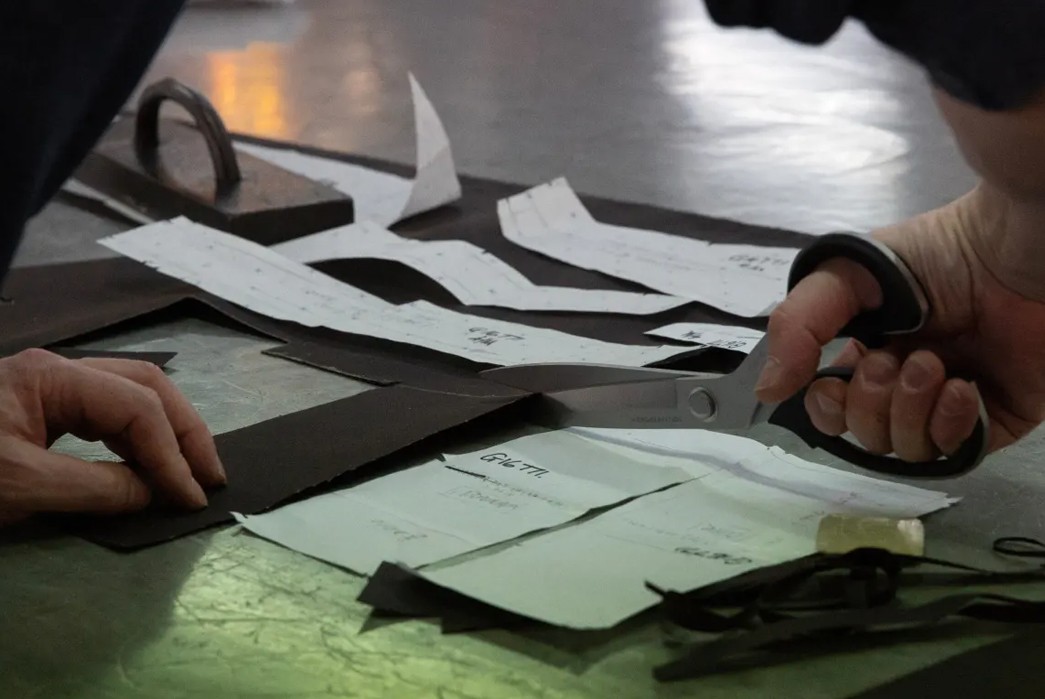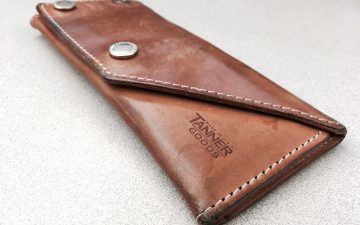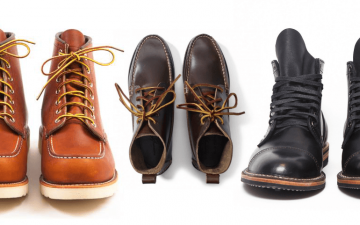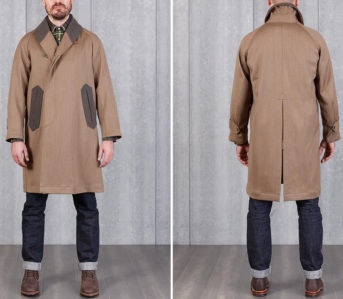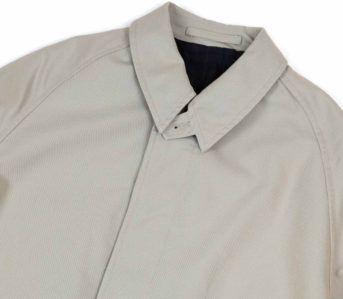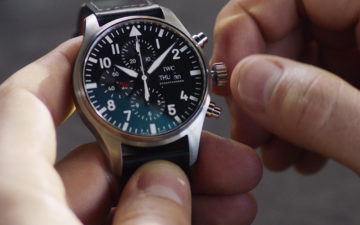Welcome to the second of our country of origin primers! These days, there’s so much myth around specific garment and textile histories that we thought it was ripe for an explainer series.
You probably imagine tailored suits and Barbour jackets when you think of Britain and Ireland, and while that’s certainly right, did you know that the countries also played a part in creating the factory-based production model that the garment and textile industries use today? Of course, Britain also had a hand in disrupting textile production in other countries throughout history by colonizing much of the world.
It goes without saying that there are thousands of years of historical textile production in Britain and Ireland, but in this primer, we’re focussing on relatively recent developments and how they relate to the clothes we wear today.
History
A good place to start is the Industrial Revolution, which was, as the name suggests, a game-changer for the textile industry, and it lasted from around 1760 to 1840. A multitude of inventions in Britain, which included the flying shuttle and the power loom, meant that fabrics could be made on a larger scale with quicker turnaround times, triggering the advent of mass production.
It was also around this time that British manufacturers started to feel threatened by imports from India, so parliament passed a number of restrictive acts in order to allow its own industry to grow bigger, much to the detriment of the South Asian region. You can read more about the effects of that in our last ‘Country of Origin’ primer. By the nineteenth century, Britain had overtaken India to become the world’s largest cotton textile manufacturer.
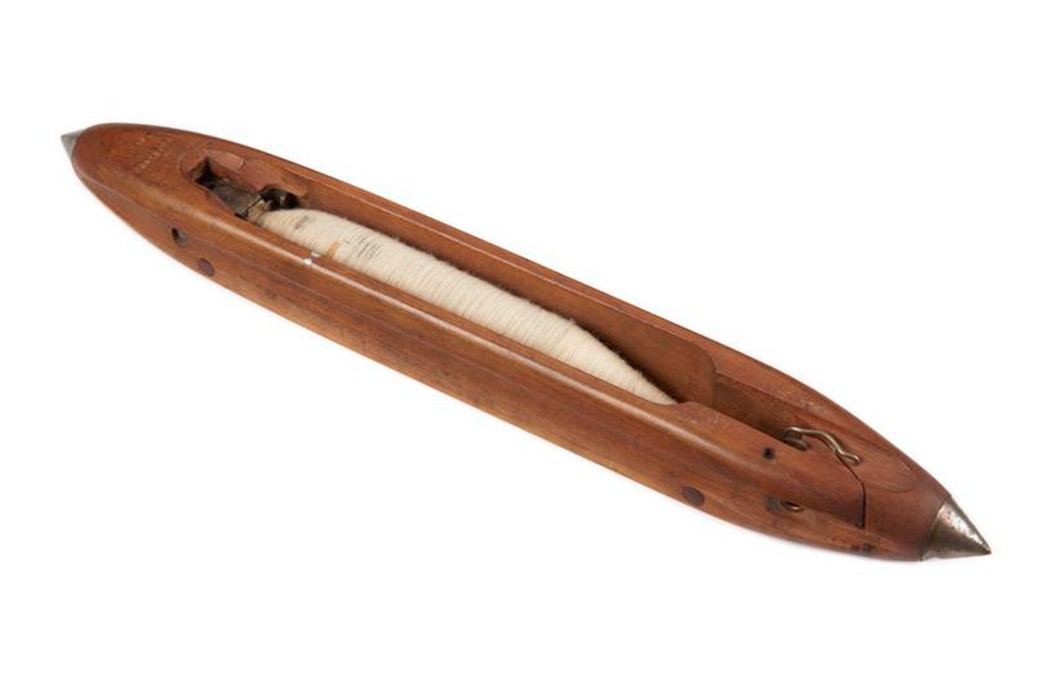
A wooden flying shuttle from a mill in Burnley. Image via Science Museum Group
This leads us onto Manchester, a city in the northwest which, by the mid 1800s, had earned the nickname ‘Cottonopolis’ for its abundance of cotton mills. It was the world’s first centre of mass-production, with a total of 108 mills in the region in 1853. Likewise, neighboring Bolton also earned a place in history when, around 1929, it became one of the largest and most productive cotton spinning centers in the world.
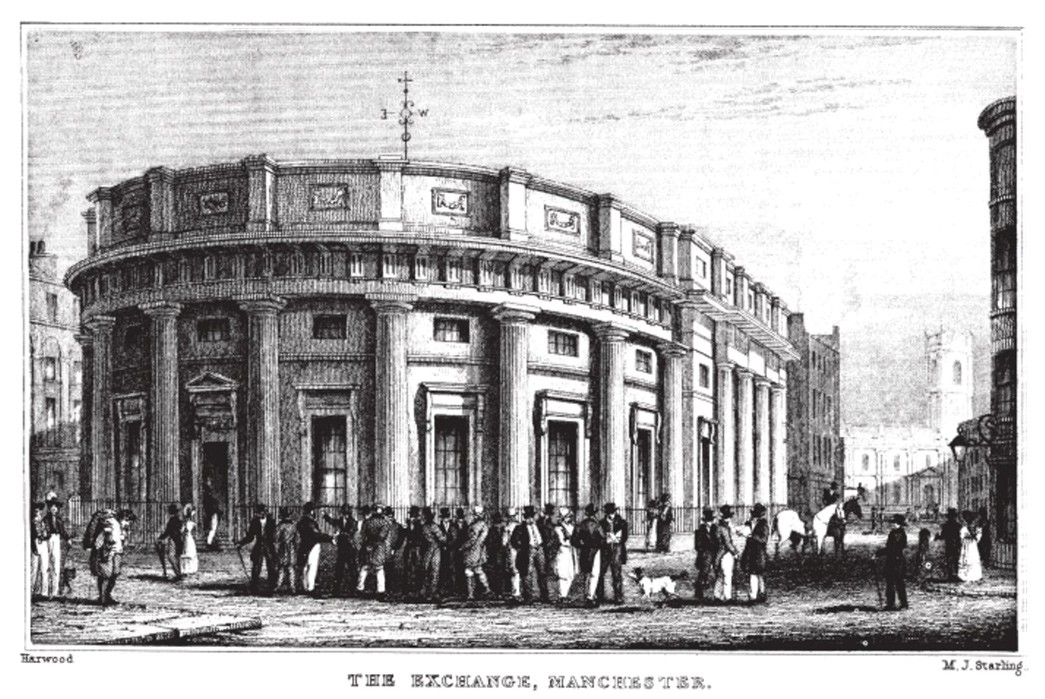
Manchester’s cotton exchange in 1835. Image via Wikipedia
Some of Britain and Ireland’s most notable producers had been established by the end of the nineteenth century, many of which are still around today—think Lewis Leathers, J. Barbour and Sons Ltd and Church’s shoemaker.
Another well-known good is the Paisley shawl, named for the Scottish town that became synonymous with weaving them in the early 1800s. Make no mistake though, despite being popularized in the West by Queen Victoria, they didn’t actually originate in the area. No, these intricate scarves woven with recognisable teardrop motifs date way back to 11th century Kashmir, and it was only when travelers and traders brought them to Scotland did the pattern (and shawl) get its common name.
Indeed, perhaps the most interesting way to understand Britain and Ireland’s textile and clothing reputation is by looking at its local specialisms.
Regional Specialists
Northamptonshire, in the East Midlands, has an impressive history of shoemaking which dates all the way back to the fifteenth century. By 1841 there were around 2,000 shoemakers in the area and it continued to thrive for decades despite significant changes in employment as mechanized production became the norm. Though there are still plenty of highly regarded shoemakers in the area, such as Tricker’s, Church’s and Cheaney, output has declined since the end of World War II because brands have shifted their production models to be quicker and cheaper, thus manufacturing elsewhere.
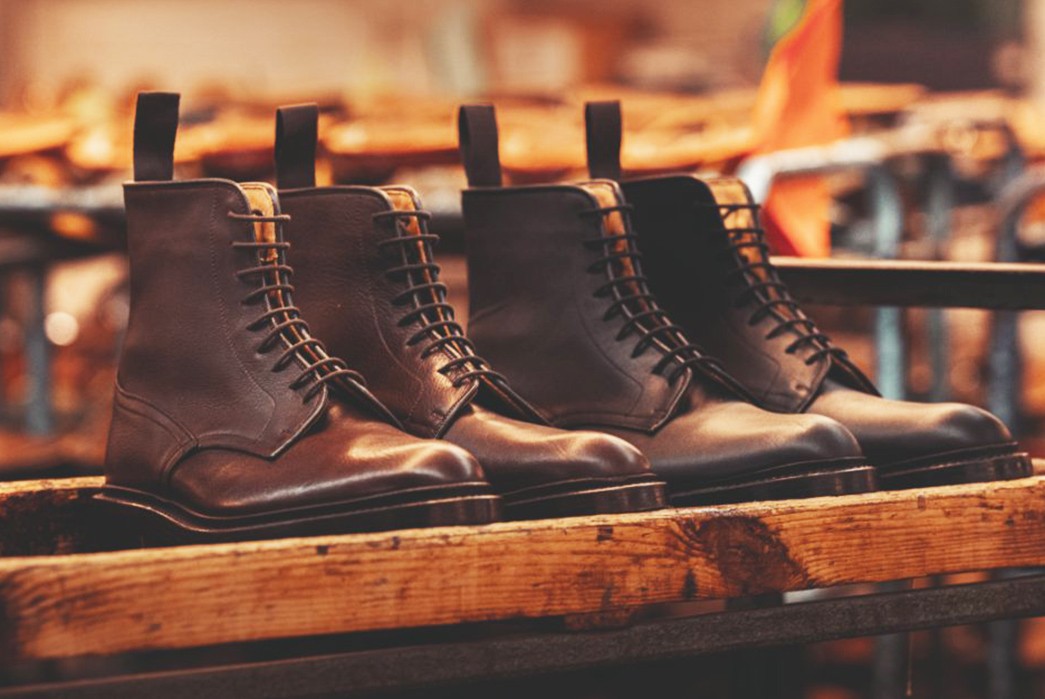
Boots in Tricker’s Northampton workshop. Image via Tricker’s
Meanwhile, in Scotland, Glaswegian chemist Charles Macintosh invented and patented a waterproof material and subsequently developed the Mackintosh raincoat in the early 19th century—the ‘K’ was added as a result of common misspellings. The coatmaker is still around today and headquartered in Glasgow.

Mackintosh coats from a recent collection. Image via Mackintosh
Though there are contradictory reports of just how Fair Isle knitting originated on the namesake Scottish isle, there’s no questioning that it’s been around in the area for centuries. Its colors and patterns have adapted over the last century thanks to wider availability of dyes.
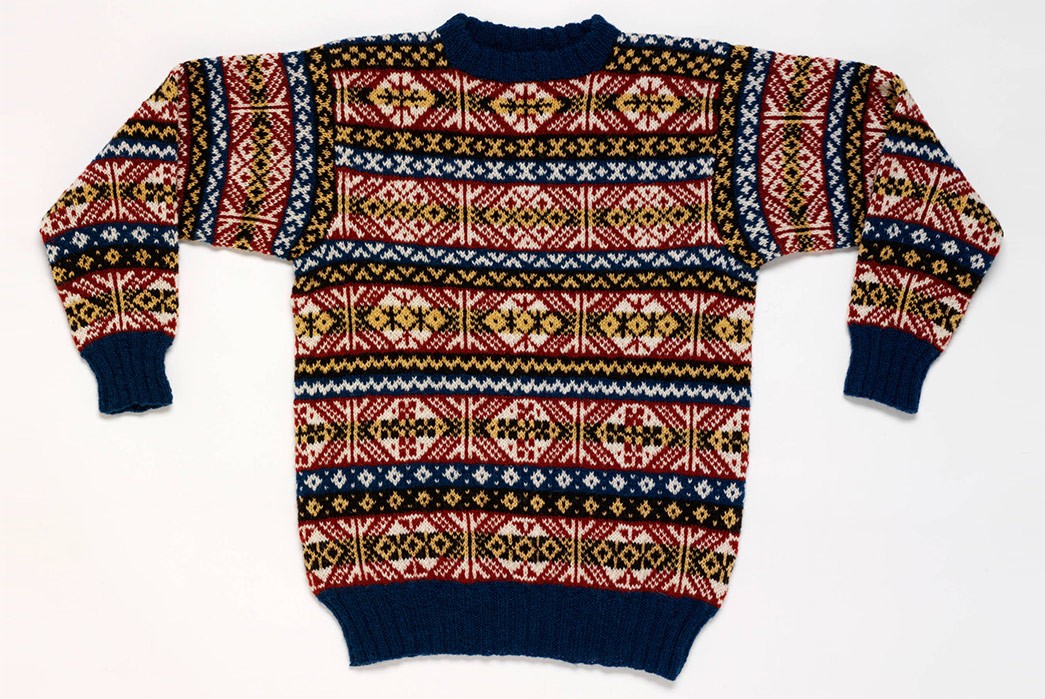
Fair Isle sweater knitted in Scotland from Shetland wool. Image via Victoria & Albert Museum
Likewise, the history of Aran knitting (named for a group of islands off the west coast of Ireland) is shrouded in romanticized versions of its inception, but the truth is that the technique was invented as recently as the 20th century. Commonly, it’s the soft undyed yarns that differentiate the cable knits from darker fisherman’s styles, which are usually made from oiled wools.
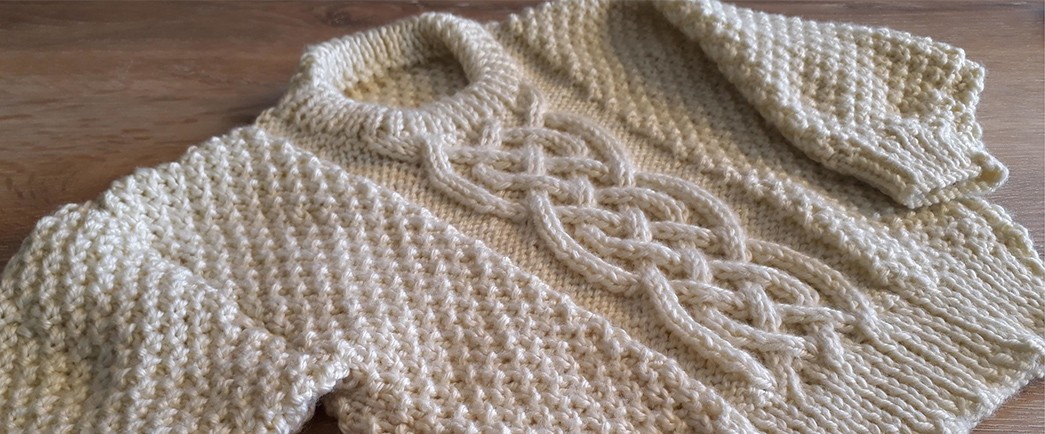
An Aran sweater. Image via Love Crafts
Elsewhere in Ireland, you’ll find a long history of linen production (it’s known to have been woven there as far back as 1000 BCE). Linen production really hit its zenith in the eighteenth and nineteenth centuries and has steadily declined ever since thanks to cheaper, man-made alternative fabrics and the domination of other centers of production in Europe, where flax grows more readily. William Clark & Sons is the country’s oldest linen mill—it was founded in 1736 and is still open today.
We couldn’t cover regional specialists without mentioning Savile Row. Though technically it’s just one street, the term has become something of a collective description for the row and neighboring roads that are home to many of London’s most prestigious tailors. You’ll likely already be familiar with its reputation for bespoke suits, which started in the late 1700s. Today, the central London spot is still famed for its suitmakers, which include Timothy Everest, Gieves & Hawkes and Anderson & Sheppard.
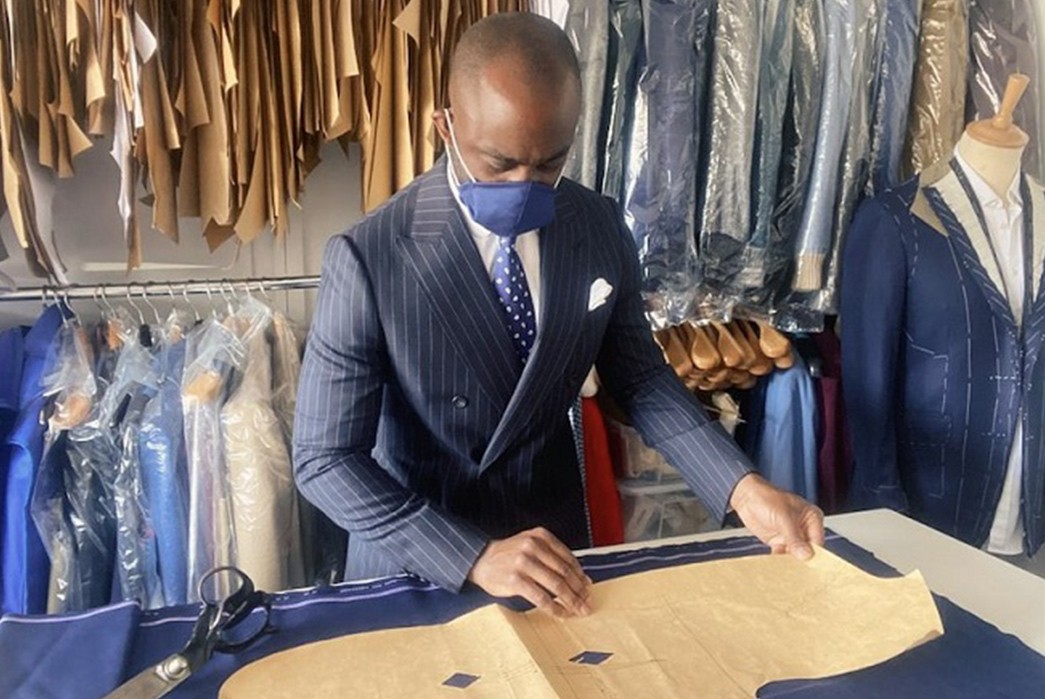
Lee Marsh preparing to cut fabric at his workshop on Savile Row. Image via Savile Row Style Magazine
As we’ve already mentioned, World Wars I and II significantly impacted Britain and Ireland’s textile production. Though many manufacturers, particularly shoemakers and outerwear specialists, were called on to produce military garb during the eras, production has drastically declined in Britain and Ireland since the end of the Second World War thanks to fractured infrastructure, cheaper imports, skills shortages and the rise of off-shore production.
Britain and Ireland’s Textile Industry Today
Stats and Geography
Britain and Ireland’s fashion and textile industry makes up about 1.5% of GDP, or £28.1 billion, and has, in the last decade, grown its exports significantly—in 2017, they stood at £9.7 billion, having increased 66% in nine years. The UKFT estimates that, when publishing, retail and other areas of fashion are taken into account, it contributes roughly £26 billion in gross value added to the economy.
It’s worth noting that significant fluctuations in these figures are expected in the coming years as a result of the UK leaving the European Union (the Republic of Ireland is still part of the EU). In 2016, the EU accounted for 76% of the UK’s clothing and apparel exports, or £6.7 billion, according to the UKFT.
At the time of writing, confusion over import charges and VAT are prompting many UK retailers to pause sales to countries outside of Wales, Northern Ireland, England and Scotland, so it’s likely that the industry will undergo big changes in terms of trade. Other challenges surrounding ‘Brexit’ are fabric and trim sourcing, free movement of goods with regards to exhibiting at European tradeshows and a lack of support for businesses.
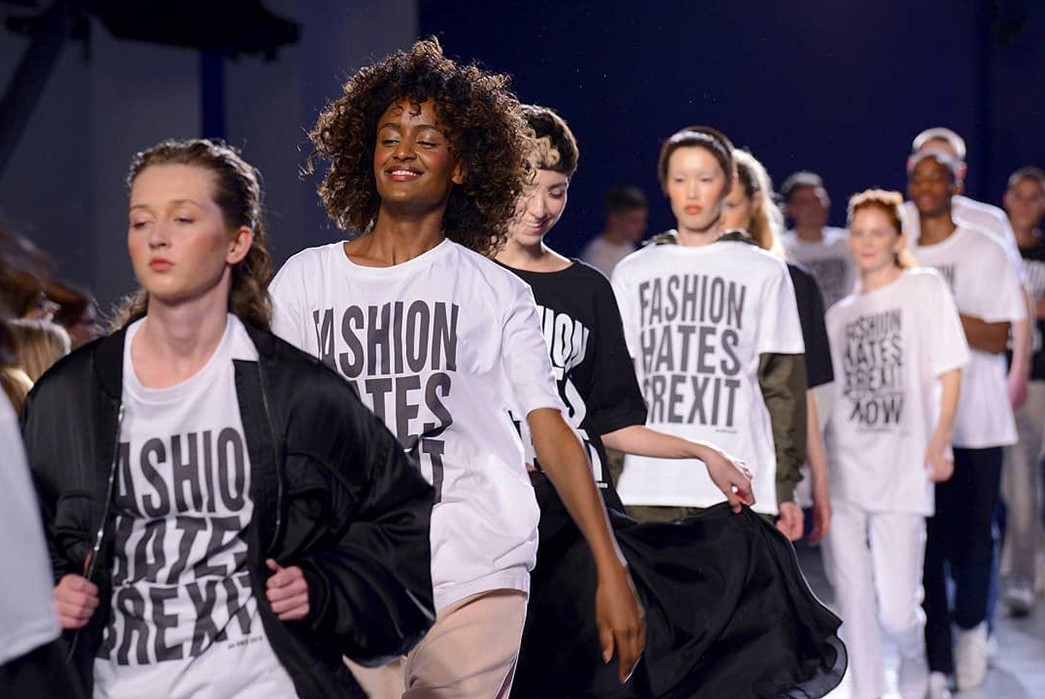
Katherine Hamnett’s anti-Brexit slogan T-shirts. Image via Eco-Age
Textile production is still a fraction of what it was before the world wars, but the most important centers for production continue to be traditional industrial areas such as Leicester in the Midlands, Manchester and Lancashire in the north and some parts of Scotland. Companies such as Burberry, Barbour, Johnstons of Elgin, Musto and John Smedley are some of Britain and Ireland’s biggest manufacturers at present.
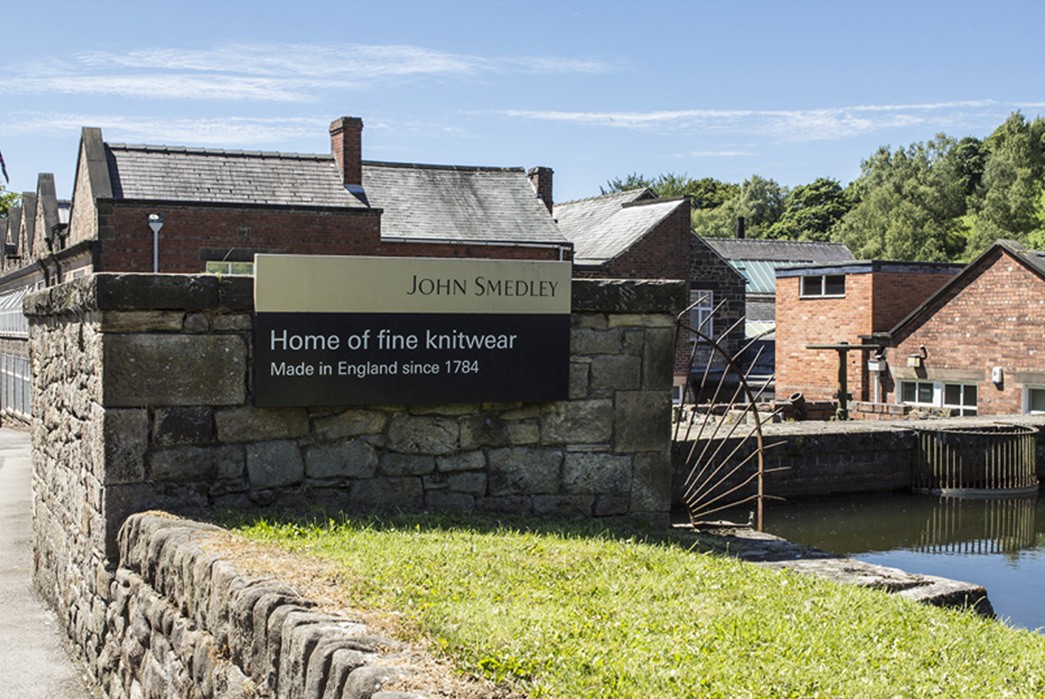
John Smedley’s knitting operation has been run from the same Derbyshire grounds since it was founded in 1784. Image via John Smedley
Labor In The Fashion Industry
Despite manufacturing not being as prevalent as, say, a century ago, the industry is still a major source of employment, with around 880,000 workers across all areas, including retail and wholesale.
When it comes to workers’ rights, there’s a structure of entitlements set in place by parliamentary acts and laws designed to ensure equality, anti-discrimination, a minimum wage of £8.91 per hour for those over 23 years old, and the rights to paid vacations and other types of leave, as well as minimum notice periods and dismissal and redundancy protections. Britain and Ireland have a strong history of trade unions, though they have declined in popularity in recent decades.
Unfortunately, those rules don’t stop exploitation completely and in the last few years, stories have emerged of poor working conditions and illegal wages at a number of Leicester factories contracted by fast-fashion retailers. Labour Behind the Label reported that many of the workers facing discrimination are people who are more vulnerable to abuse because of their “immigration status, language skills and support systems”, and noted that there was a number of allegations regarding modern slavery.
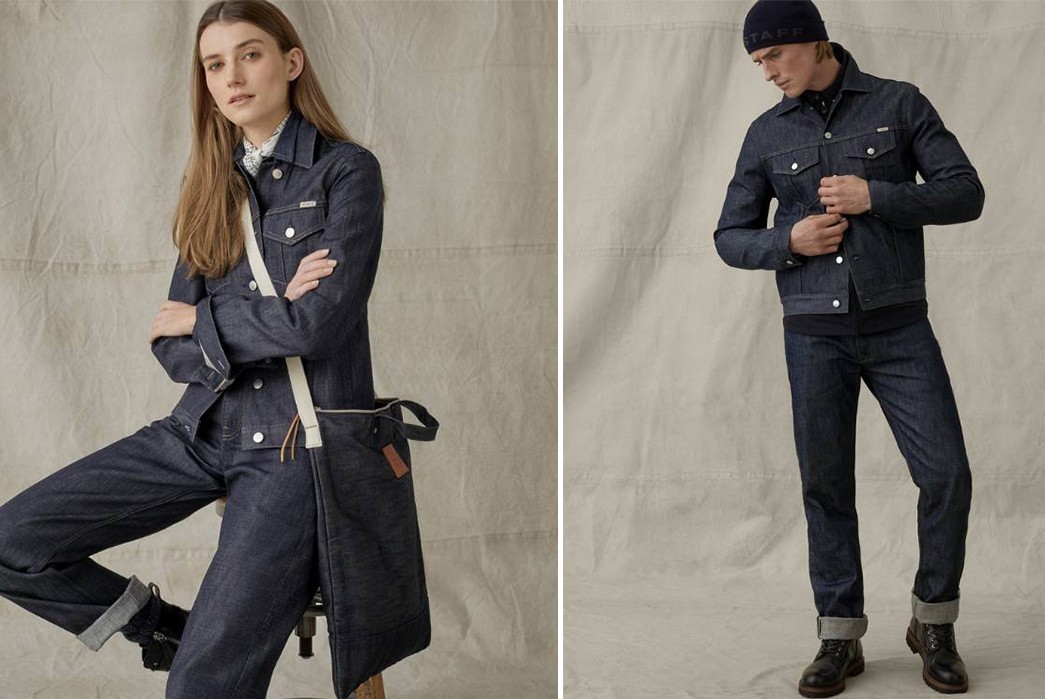
Belstaff and Blackhorse Lane Ateliers’ new denim collaboration. Image via Fashion United
Names To Know
We’ve already named a few of Britain and Ireland’s most significant brands, and in fact, we’ve covered some of them in-depth over the years. Follow the links to read more about Sunspel, Dr. Martens (which was actually born in Germany but often associated with British fashion), Harris Tweed and Barbour.
Here are a few of the other names we think you ought to be familiar with.
Ally Capellino
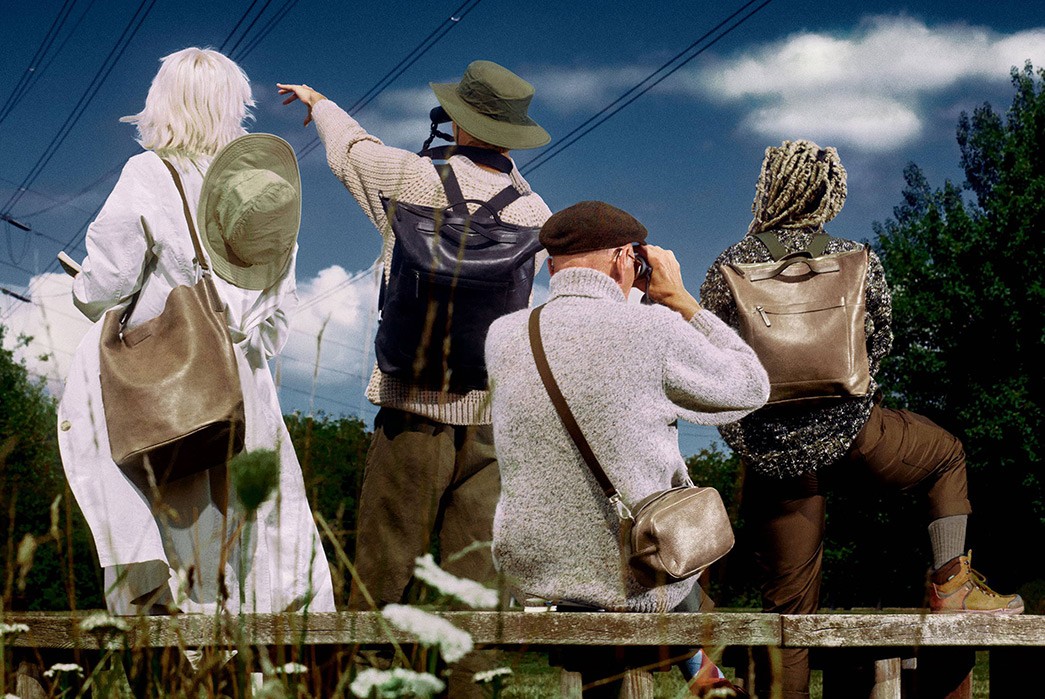
Image via Ally Capellino
Though Ally Capellino started out as an accessories brand in 1980, it didn’t take long to branch out into ready-to-wear. These days though, the London-based label focuses on well-made, understated bags that are softly constructed from leather, canvas and waxed-cotton.
Private White V.C.
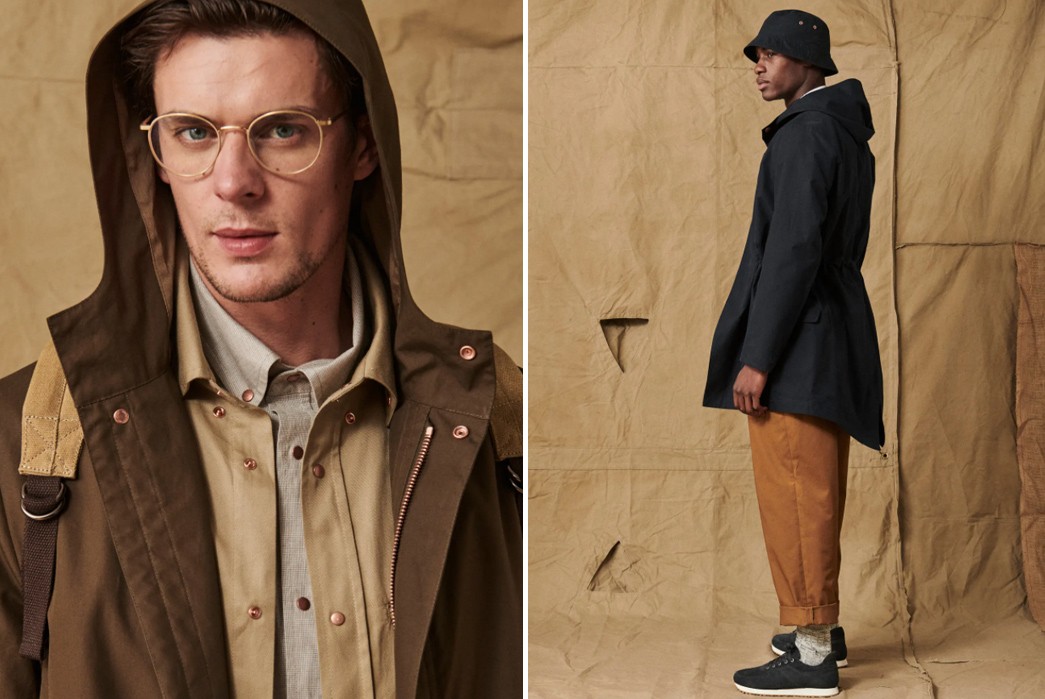
Private White V.C.’s Spring ‘21 lookbook. Image via Private White V.C.
Private White V.C. has some impressive credentials—not only has it supplied the British Royal Air Force with waterproof coats, but it’s outfitted politicians, musicians and actors and, most recently, adapted to become the largest producer of medical-grade gowns and surgical masks in the UK during the pandemic. The brand was founded in Manchester in 1853 and still produces its outerwear there – everything is made by hand and comes with a lifetime repair service.
Lewis Leathers
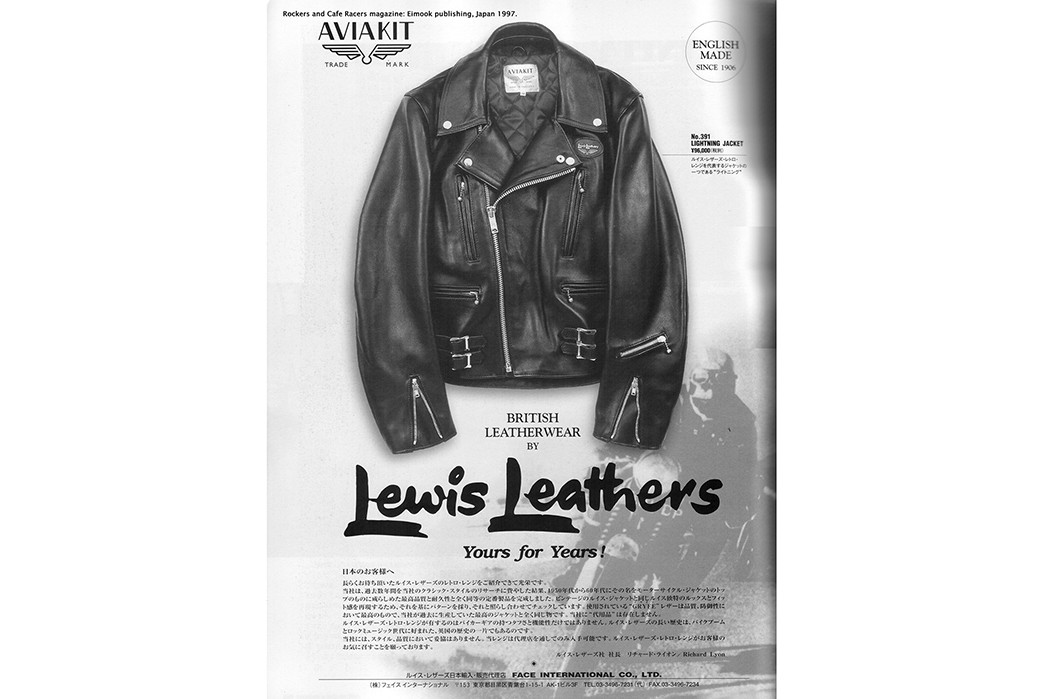
A Lewis Leathers ad from Rockers and Cafe Racers magazine,1997. Image via Lewis Leathers
Founded in 1892 by David Isaacs, Lewis Leathers is Britain’s oldest motorcycle clothing company and has an unwavering history of producing leather jackets in the UK. First making suits and raincoats before branching out into aviation and motoring garb in the 1910s, D. Lewis, as it was originally called, didn’t become the brand as we know it today until the ‘60s. By the ‘70s, it had become a counterculture symbol and vintage jackets were highly sought after in Japan.
Blackhorse Lane Ateliers
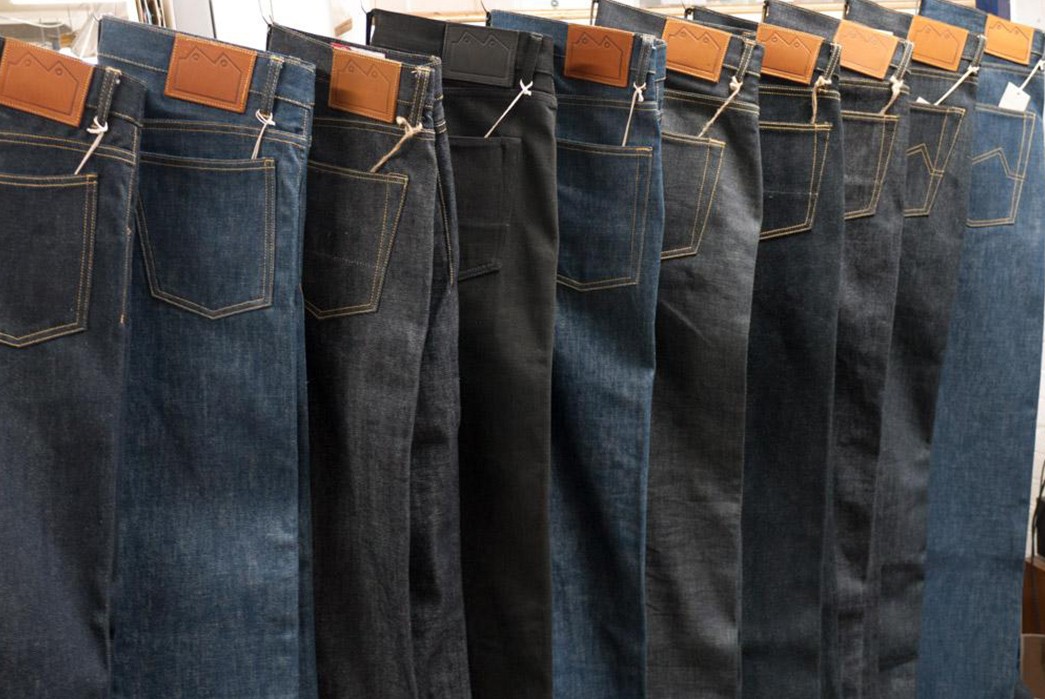
Blackhorse Lane Ateliers’ denim offering. Image via Blackhorse Lane Ateliers
You didn’t think we’d conclude without mentioning denim, did you? Perhaps you already know about Blackhorse Lane Ateliers—we have covered a few of their releases in recent years—but for the uninitiated, here’s the story. The workshop, which is based in Walthamstow, London, was founded in 2016 by Bilgehan “Han” Ates—a guy with more than 25 years of denim industry experience and a love for well-made, eco-conscious jeans. The company offers a selection of jeans with denim sourced from Japan and Turkey and has collaborated with the likes of Commes des Garçons and Belstaff.

